Strength Training After 50: Building Resilience for Life
Aging is a journey filled with opportunities to nurture and strengthen our bodies. For individuals over 50, engaging in strength training is one of the most effective ways to build resilience, improve overall health, and enhance quality of life. Let’s dive into the benefits of strength training and how to get started safely and effectively.
Why Strength Training Matters After 50
As we age, we naturally lose muscle mass, a condition known as sarcopenia. This loss can lead to reduced strength, mobility, and independence. Strength training not only combats muscle loss but also provides several additional benefits:
- Increased Bone Density: Weight-bearing exercises stimulate bone growth, reducing the risk of osteoporosis and fractures.
- Improved Metabolism: Muscle tissue burns more calories than fat, helping to maintain a healthy weight and support metabolic health.
- Enhanced Balance and Coordination: Building strength in key muscle groups can prevent falls and injuries.
- Better Mental Health: Exercise, including strength training, releases endorphins, reducing stress and improving mood.
- Chronic Disease Management: Strength training helps control blood sugar levels, improves heart health, and alleviates symptoms of arthritis.
Getting Started: Safety First
Before beginning any new exercise regimen, especially after 50, it’s essential to consult with a healthcare provider. Once you’re cleared to start, keep these tips in mind:
- Start Slow: Begin with lighter weights or resistance bands to allow your muscles and joints to adapt.
- Learn Proper Form: Consider working with a trainer to ensure you use the correct technique, reducing the risk of injury.
- Focus on Key Muscle Groups: Prioritize exercises that target major muscle groups such as the legs, back, chest, and core.
- Incorporate Rest: Allow time for recovery between sessions to avoid overtraining and support muscle repair.
- Listen to Your Body: Discomfort is normal, but pain is not. Stop any exercise that causes pain and consult a professional if needed.
Effective Strength Training Exercises
Here are some beginner-friendly exercises that can be done at home or in a gym:
- Bodyweight Squats: Strengthen the legs and glutes while improving balance.
- Push-Ups (Modified or Standard): Build upper body strength in the chest, shoulders, and arms.
- Planks: Engage the core muscles to enhance stability and posture.
- Dumbbell Rows: Strengthen the upper back and improve posture.
- Step-Ups: Work the legs and improve coordination.
Building a Routine
A well-rounded strength training routine should include:
- Frequency: Aim for 2-3 sessions per week.
- Duration: Spend 20-30 minutes per session, gradually increasing as you gain strength.
- Variety: Mix different exercises to target various muscle groups and prevent boredom.
Staying Motivated
Consistency is key to reaping the benefits of strength training. To stay motivated:
- Set realistic goals and celebrate progress.
- Find a workout buddy or join a class.
- Track your workouts to monitor improvements.
- Focus on the positive impact on your health and daily activities.
To learn more, check out this summary from The Washington Post.
Strength training after 50 is more than just lifting weights; it’s about building a foundation for a healthier, more resilient future. By incorporating this practice into your routine, you’ll enhance your physical and mental well-being, ensuring you can enjoy life to its fullest.




